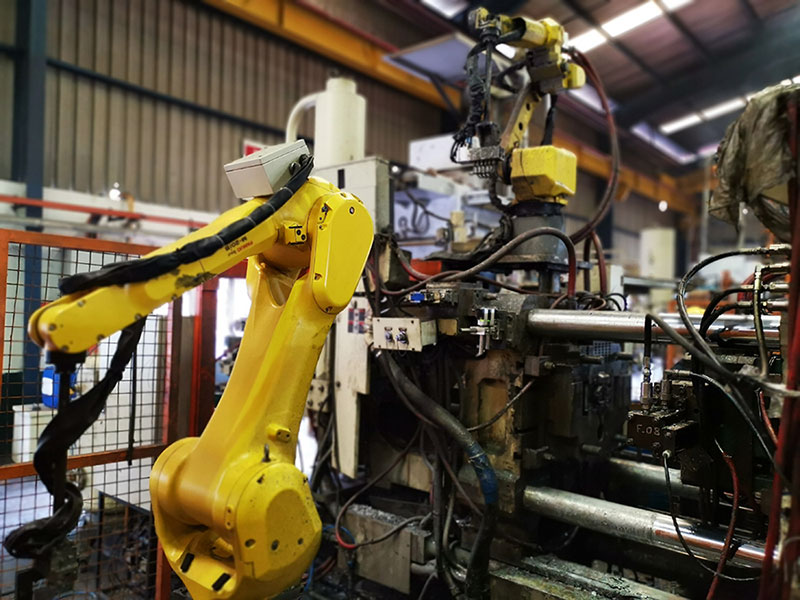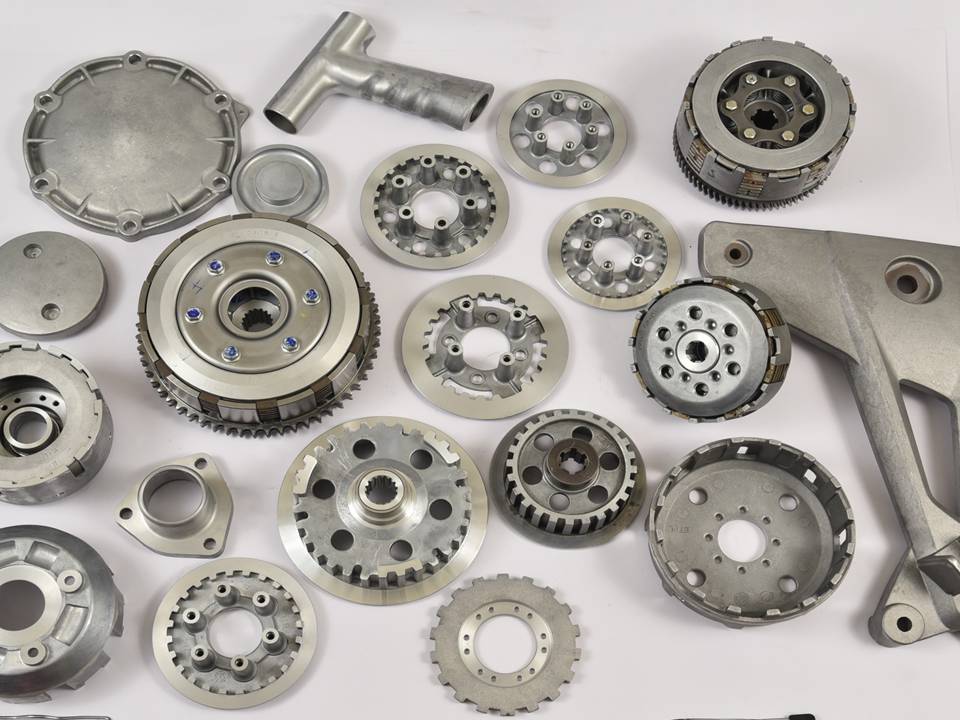The Precision and Versatility of Diecasting
The Precision and Versatility of Diecasting
Blog Article
Diecasting is a versatile and popular manufacturing technique which involves the injection of molten metal into a mold cavity at high pressure. This technique is very efficient in the production of large amounts of complicated metal parts, that have excellent accuracy in dimensional measurement and smooth surfaces. Materials, processes, and applications of diecasting can be utilized in a wide range of sectors, which makes it a cornerstone in modern manufacturing. This article will explore the basic concepts of diecasting as well as its strengths as well as the many applications it has for the business.
Diecasting starts with the preparation of high-quality steel molds, known as dies. They are made to withstand the rigors of pressure and temperature of the molten metal. These dies are meticulously crafted to preserve intricate detail and keep tight tolerances ensuring that each cast part meets specific design requirements. During the casting process, metals like aluminum, zinc, magnesium, and copper are first melted before being put into the die in high-pressure. The rapid injection process and the subsequent cooling results in components that exhibit excellent dimension stability as well as a smooth surface finish. The accuracy of the dies permits the making of complex components and shapes that would be impossible by other methods of manufacturing.
One of the biggest advantages of diecasting is the efficacy in production of large quantities. Once dies are cast, the process can be repeated many times, with little deviation between parts. It is important to repeat the process in industries that require large quantity of consistent components. Additionally, diecasting is renowned for its high efficiency. Diecasting produces lesser waste than other techniques for forming metal, as any excess metal is able to be reused and recycled. It not only lowers the costs of manufacturing but also encourages environmentally sustainable manufacturing practices. The speed and precision of diecasting make it an ideal option for manufacturing large quantities of products quickly and reliably making sure that companies can meet tight production schedules and marketplace demands.
Diecasting is also a great option in terms of mechanical properties. Parts made through diecasting generally offer excellent strength and endurance because of the fine-grain structure that is formed by the quick melting of the metal. These components are ideal for applications that demand the highest performance and durability. Furthermore, this process permits for the incorporation of thin walls and complex features with no compromise to their structural integrity. This capability is particularly advantageous when it comes to aerospace and automotive sectors, where the ability to reduce weight whilst maintaining strength is vital. The ability to produce lightweight, yet strong components helps improve fuel efficiency and efficiency in aircrafts and vehicles. To receive more details please visit www.senadiecasting.com.my/
The material used for diecasting has a significant impact on the characteristics and functionality of the final product. Aluminium is an extremely popular material due to its excellent strength-to-weight ratio, its resistance to corrosion as well as its electrical and thermal conductivity. These qualities make aluminum an ideal choice for aerospace and automotive applications that require weight reduction. Zinc alloys provide high strength and ductility, making them ideal for components that require fine details and durability. Magnesium alloys weigh the least steels that can be used for structural purposes, giving an advantage in applications where weight reduction is crucial. Copper alloys, while more rarely used, are valued for their superior electrical conductivity and the resistance to corrosion. Each one of them has its own advantages which allow companies to pick which one is best suited to their particular application requirements.
Diecasting is an incredibly productive and flexible manufacturing method which helps in creating sophisticated metal parts with consistent and high-precision. Its ability to create pieces with precise details as well as tight tolerances and seamless surface finishes make it invaluable across various sectors, from automotive to aerospace, to consumer electronics, and beyond. Its use of various substances further expands the possibilities of diecasting. This allows manufacturers to select the ideal alloy to meet their needs. As the technology evolves and the demand for premium, efficient components grows the use of diecasting will be vital on the manufacturing scene, driving innovation and excellence in the field of production.